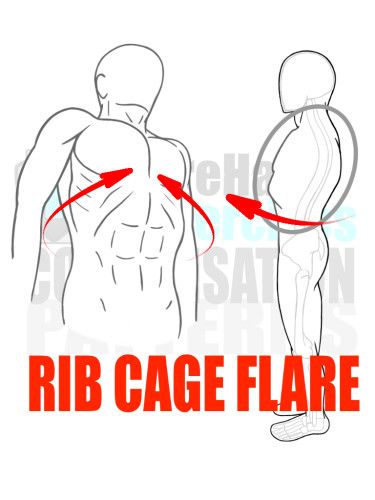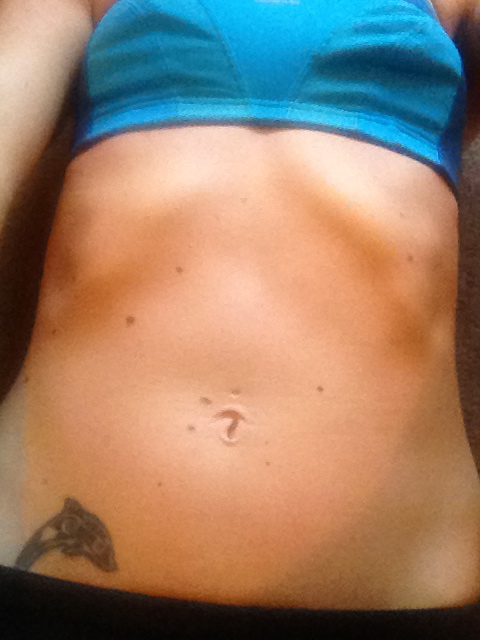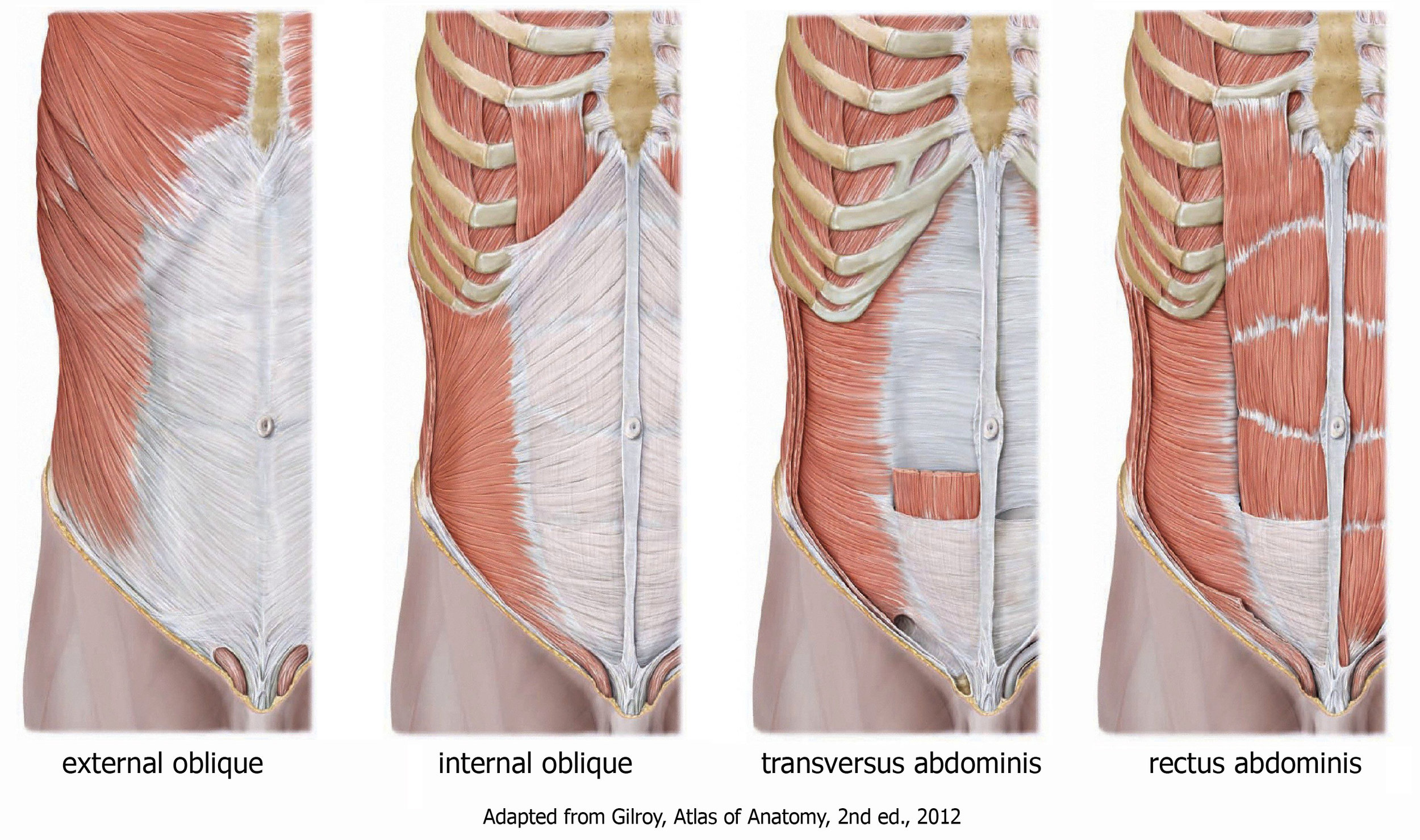It's happened to all of us. You're working out and know you're supposed to be "feeling it" in a certain target area, but you can't. Do you ever wonder why?
The explanation is actually quite simple. That particular muscle is not burning because it's not firing. Why? It's not in the right position to be properly utilized.
Our body is designed to stand with a certain posture and have our joints in certain positions. The muscles attach on very specific areas of bone so that when they shorten or contract, the bone moves in a very specific pattern. For example, our gluteus maximus (largest glut muscle) originates from the top of our pelvis and part of our sacrum at the back of the pelvis above the tailbone. It then attaches to the gluteal tuberosity on the back of the thigh bone. When this muscle contracts and shortens, your hip extends or your thigh moves backward relative to your pelvis.
The only catch is that our muscles need to have a proper length tension ratio to contract fully. This means that the muscle must not be too stretched, or too shortened in order to be the strongest that it can be and fully contract all its fibers. Therefore, if the muscle is not in the correct position, and does not have the correct length tension ratio, the body will substitute another muscle that is in better position to work. This is why people who have very arched or "deep" lower backs will feel their lower backs working as they do a glut exercise. Because of the position of their lower spine and the consequential tipped-forward position of their pelvis, their glut is stretched out. Their lower back extensors are then in a shorter position and have a much more efficient length tension ratio. Therefore, that person's body will choose to use their lower back extensors rather than their glut during their glut strengthening activities as it is more efficient from a biomechanical standpoint.
The therapists at Integrate 360 Physical Therapists can help. We do an extensive evaluation looking at your standing posture and performing tests to see if your joints and muscles are properly aligned. We will then work with you on ways to restore your posture and bone/joint alignment so that you can work out and live in a biomechanically correct way. Depending on your goals, this can be done in as little as one session!
Next time your doing a leg raise while lying on your side and you feel it in the outside of your thigh versus your glut, or performing lower abdominal exercises that you feel in the front of your hip joint, give us a call and let us help you. Contact us at Lesley@Integrate360PT.com, Nancy@Integrate360PT.com or 314-733-5000.







